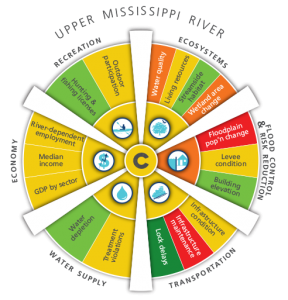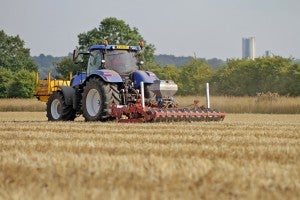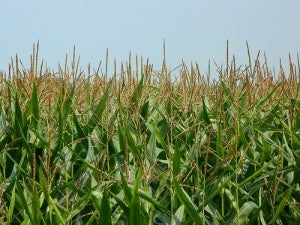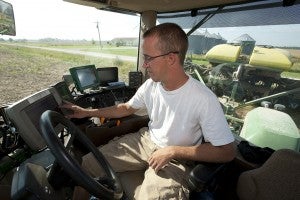By Suzy Friedman, Director, Agricultural Sustainability, Environmental Defense Fund and Max Starbuck, Director, Market Development, National Corn Growers Association
Today, a diverse group of more than 400 businesses, associations, government agencies, science organizations, academic institutions and non-profit organizations released the first-ever report card evaluating the condition of one of our nation’s most storied and central waterways. This effort, known as America’s Watershed Initiative, was undertaken to provide information on the challenges facing the waters and lands that make up the 31-state Mississippi River Watershed and the 250 rivers that flow into it.
The overall mark was less than stellar, a D+. However, the process of grading has yielded a pathway to improvement.
Why the poor rating? The watershed continues to experience increased pressure from the demands of urbanization, agriculture, transportation and land development.
Fortunately, moving from a “D+” to an “A” grade is achievable – with new levels of understanding and collaboration. That’s why the Environmental Defense Fund and the National Corn Growers Association have a real desire to work together on this and similar initiatives. Read More


















